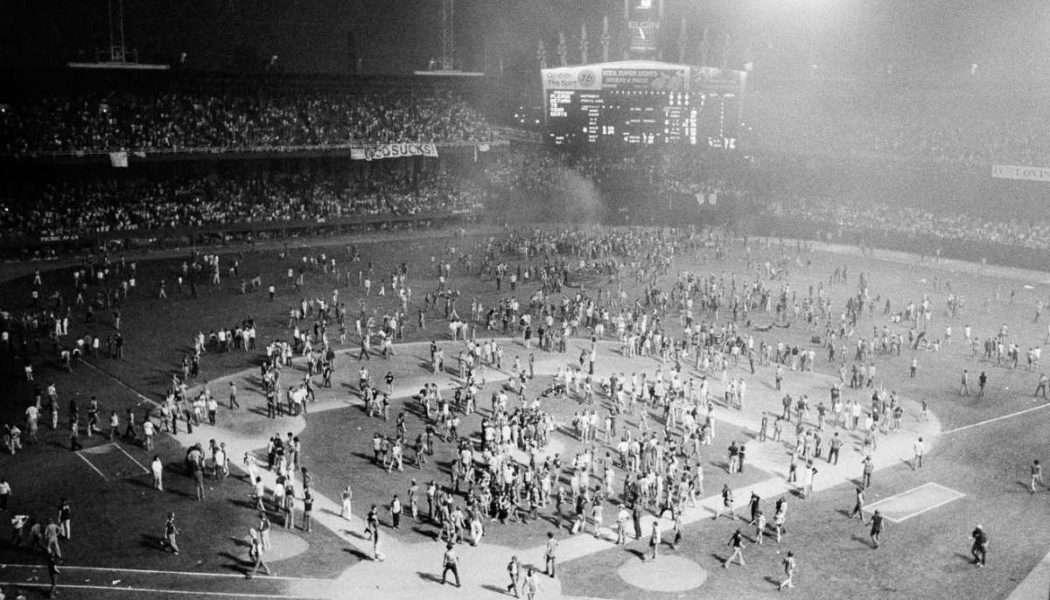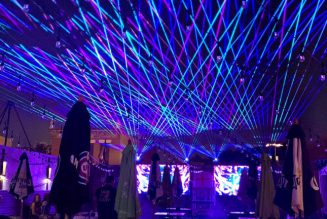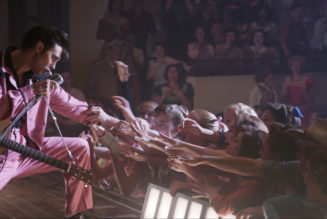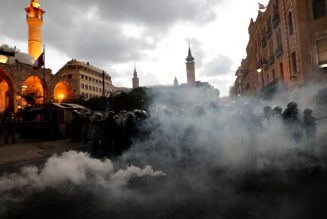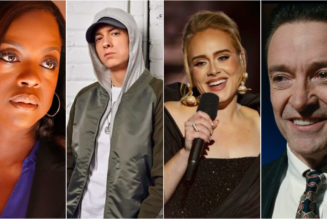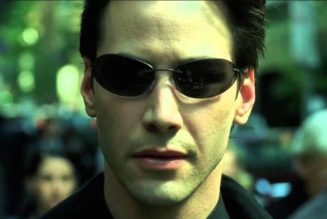On this day in 1979, a fun MLB promotional event quickly devolved into the most infamous and controversial event in disco history.
In the late 70s, dance-oriented disco was one of the most popular musical genres in the United States. Seminal films such as Saturday Night Fever and Disco Godfather greatly influenced the music scene, while artists like the Bee Gees, ABBA, KC and the Sunshine Band, and Donna Summer became repeated record plays for many.
While disco provided a fun, novel outlet and style of dress to many people, it sparked major backlash from fans of rock music. Critics at the time often feared that the rise of the disco would quickly lead to a decay in rock after disco albums dominated the 21st Grammy Awards in 1978.
When Chicago’s WDAI-FM switched from rock to disco and DJ Steve Dahl got fired in 1978, the moves sparked a paradigm shift. Quickly hired at rival Chicago rock station WLUP and playing off the publicity surrounding his firing, Dahl created a mock organization called “Insane Coho Lips” consisting of his group of anti-disco listeners.
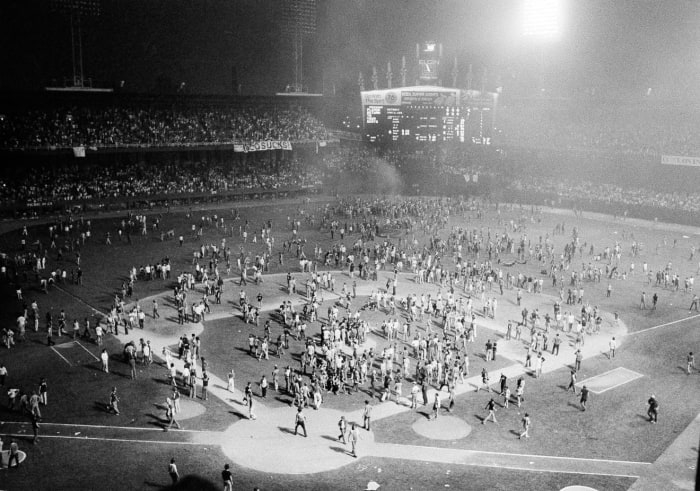
Over 5,000 fans stormed the field at Chicago’s Comiskey Park on July 12th, 1979 in a riot following the burning and explosion of disco records.
Fred Jewell/AP
After the Tigers-White Sox game at Comiskey Park was rained out and rescheduled as a two-night doubleheader on July 12th, 1979, Sox owner Bill Veeck and his son, appointed promotions director Mike Veeck, had bounced ideas about what the low-attendance season would see for fans.
While the Sox hosted a “Disco Night” two years prior, the idea of hosting an anti-disco promotion struck interest. Partnering with Dahl and his team at WLUP, “Disco Demolition Night” was promoted far and wide across Illinois, promoting to fans that anyone who brought a disco record to the ballpark would be admitted for 98 cents to watch the albums get blown up in-between the doubleheader games.
After weeks of promotion, the baseball team, Dahl, and the radio station weren’t prepared for what transpired that night on the baseball field. The doubleheader ended up selling out a capacity of 50,000 people, leaving 20,000 disco-hating fans outside the ballpark, who later stampeded the entrance.

Over 5,000 fans stormed the field at Chicago’s Comiskey Park on July 12th, 1979 in a riot following the burning and explosion of disco records.
Fred Jewell/AP
Boxes of disco records were overflowing, encouraging fans to bring their records to their seats. The first game was stopped several times after fans threw records, firecrackers, empty bottles, and lighters onto the field, while the stands were decorated with thousands of “Disco Sucks” banners and marijuana smoke.
After the loss of the first game, Dahl took to the field to commence the explosion and kill off the many disco albums that were brought as sacrifice. Setting off the explosives, a large hole was torn in the field as remnants of thousands of disco records billowed into the air.
The event then took a turn for the worst, as 5,000 to 7,000 fans rushed onto the field, inciting a mass riot. Some climbed the giant foul poles, the batting cage was destroyed, bases were stolen, and a huge bonfire raged on the field. Chicago police arrived onsite with full riot gear, dispersing the unruly fans and arresting 39 people for disorderly conduct.
With the field completely destroyed, the White Sox were forced to forfeit to the Tigers. The days and weeks that followed included harsh news headlines and public criticism of the event. It was said that the debacle triggered a nationwide expression of anger towards disco music and its fan following. The popularity of disco music declined significantly in the years after the incident, with record companies beginning to label new albums as “dance music.”
Culturally, Disco Demolition Night supports the evidence that the 1970s represented a time when Americans gravitated to radical grassroot alternatives on both the right and left out of frustration with the political and cultural status of the country.
Today, the event is known as one of the most outlandish and controversial sport and entertainment events in history. While many deem the event to be motivated by bigotry and racism towards African Americans and the LGBTQ community, Dahl has denied such claims and simply stated that it was a way to prioritize the rock musicians and the genre in American culture.

